US President Donald Trump has brokered a peace deal between Israel and Hamas that would cease the two-year-long war, bring all the hostages home and put an end to the suffering of Palestinians in Gaza.
The peace deal, introduced by Trump earlier this month and now accepted by both the warring parties, has brought joy to Israelis and Palestinians alike. Apart from the hostage release, the terms of the agreement also require Hamas to lose much control over Gaza and revamp the region’s governance.
With the Israeli Cabinet approving the peace plan, effectively meaning that the deal can now into effect, Trump’s credit hunger can finally be tamed. However, Trump’s peace framework builds on that of former President Joe Biden.
Will there be a new phase of the deal?
Right now, everyone is talking about phase one of the ceasefire deal, with a major focus on the hostage release, and not just a few of them: all of them.
Phase Two of the new deal will begin once Hamas returns the hostages in exchange for the release of Palestinian prisoners. It calls for the creation of an interim security force and a transitional political structure in Gaza, neither of which has been established. Without sustained US pressure and leadership, setting them up could take months.
Under the Biden administration, US Central Command drafted plans for an interim international security force to operate inside Gaza. While American troops would not be deployed in Gaza, they would offer logistical and other forms of support from Egypt and other nearby locations.
Impact Shorts
More ShortsBiden’s failure then is Trump’s win now
An analysis by Forward says the Trump plan closely mirrors the three-phase approach President Biden proposed in April 2024, which included postwar reconstruction, the removal of Hamas, and a long-term regional strategy. A ceasefire and hostage deal signed in January, supported by both Biden and Trump, collapsed after just 42 days.
Gershon Baskin, a veteran Israeli hostage negotiator, said in a Substack post that Biden’s insistence on a partial ceasefire got in the way of America’s upper hand on the situation. “To me, it was clear that President Biden projected American weakness while President Trump projects American power,” Baskin wrote.
He added, “From that moment, on December 26, 2024 it was clear to me that the only way that the war would come to an end is when President Trump makes the decision that it has to end.”


)
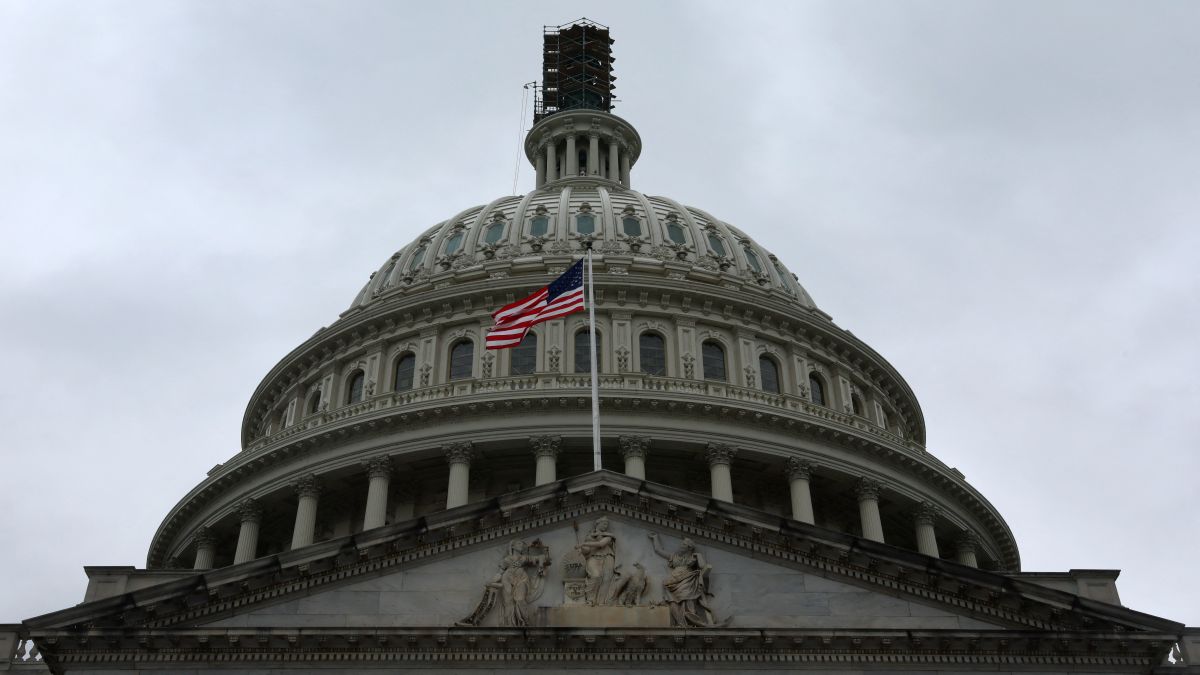
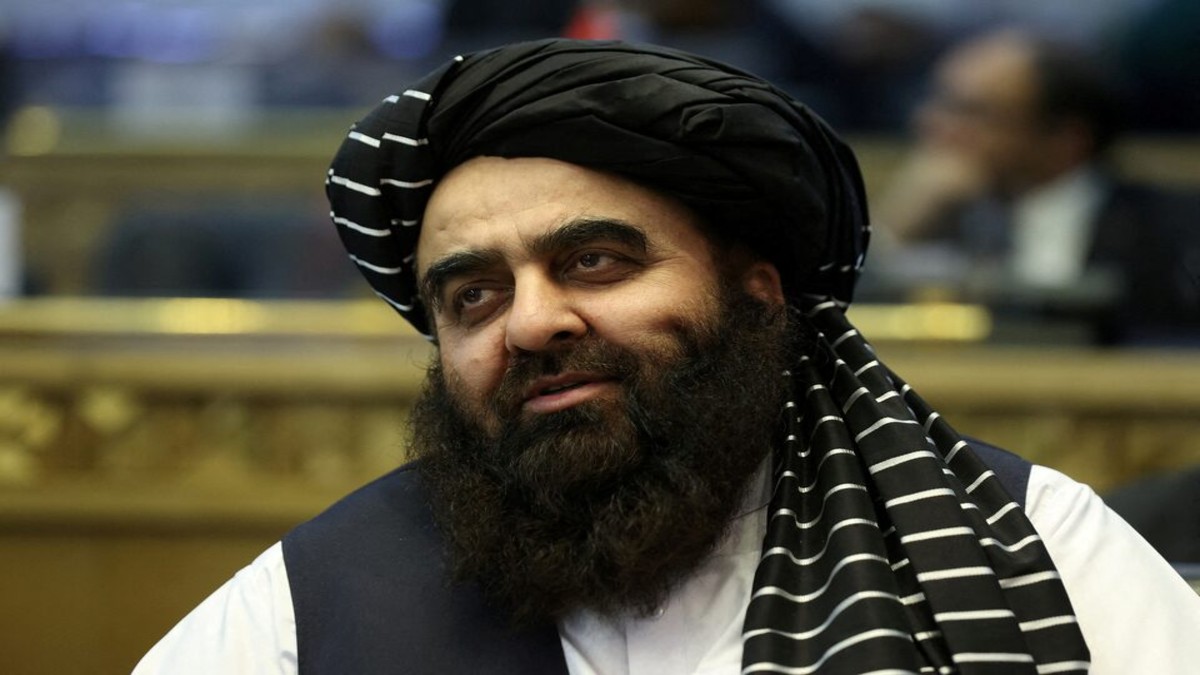)
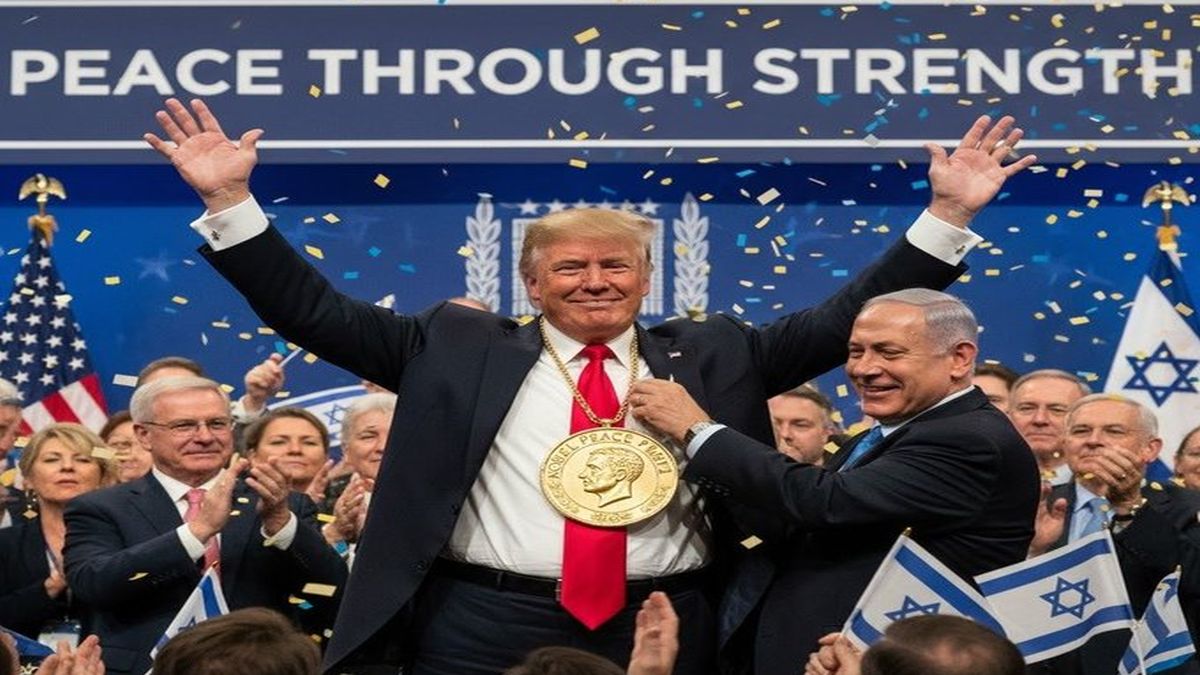)
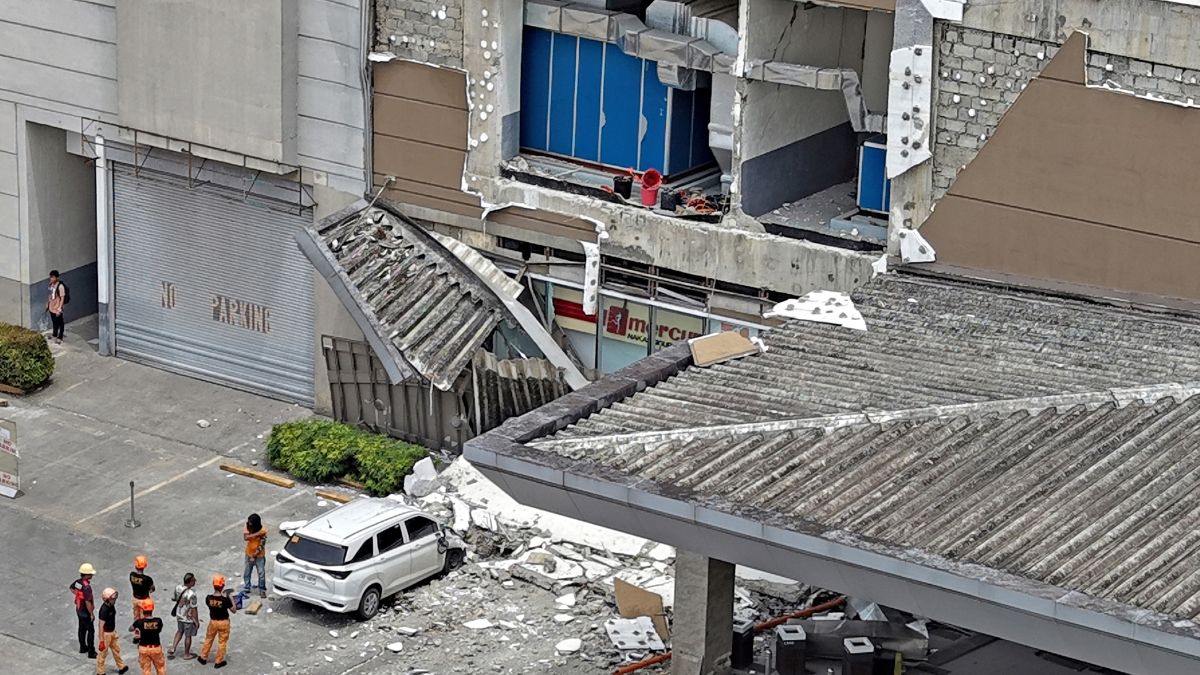)
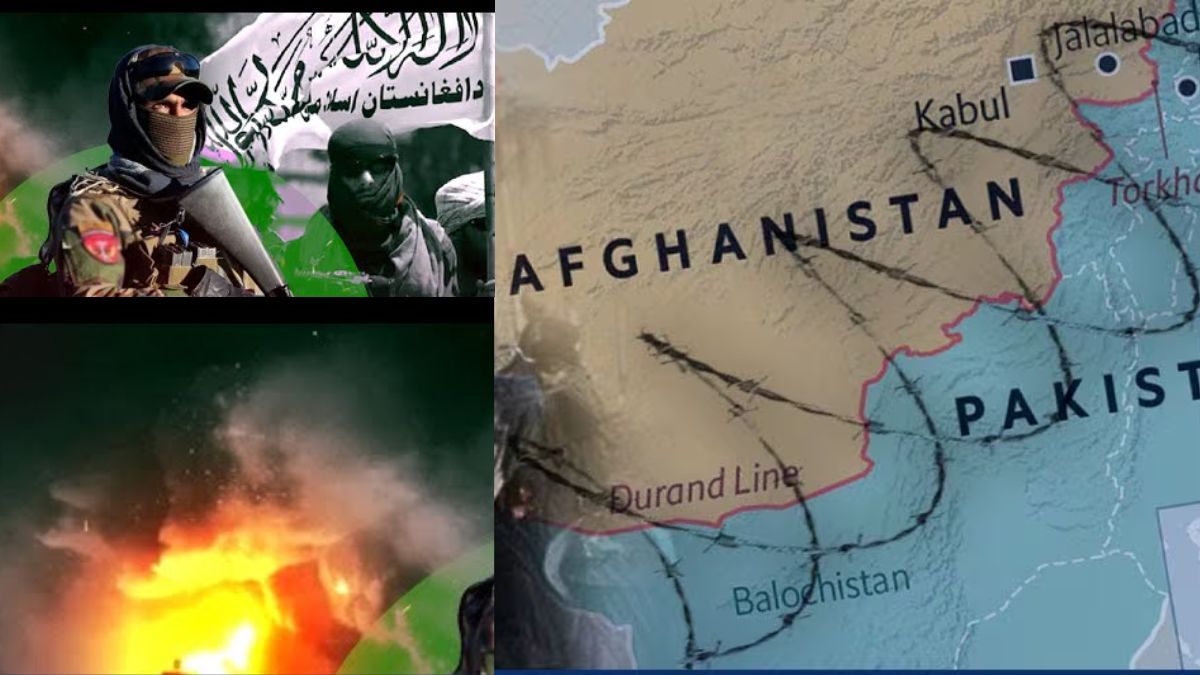)
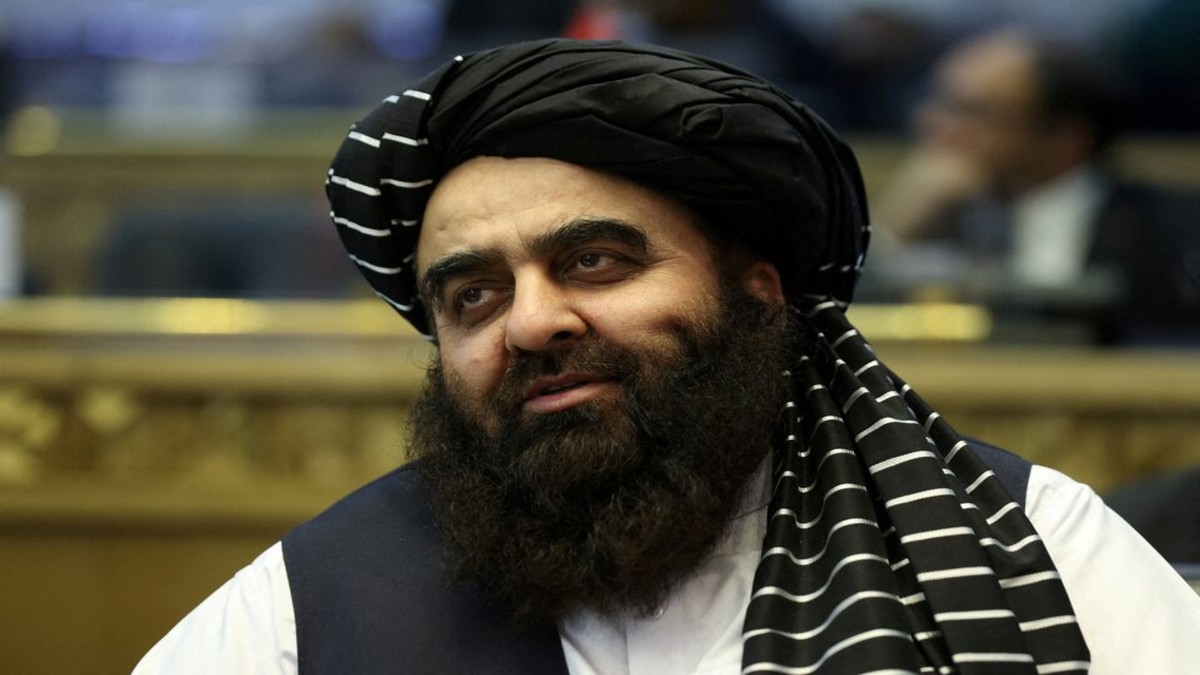)
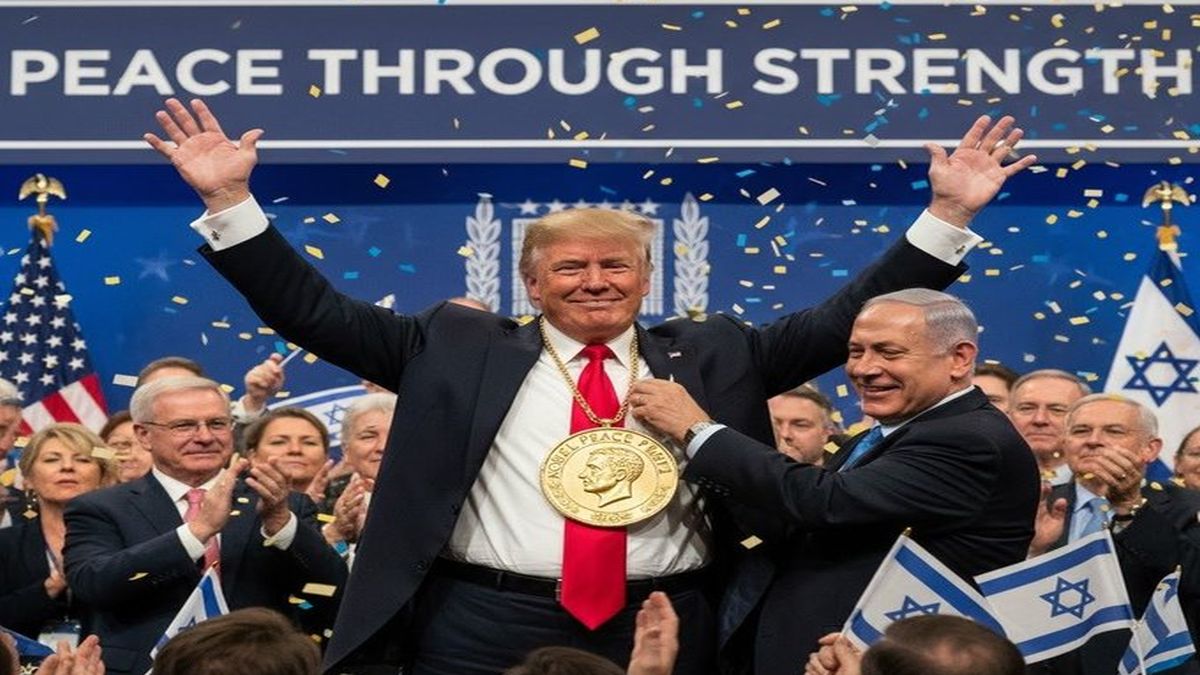)
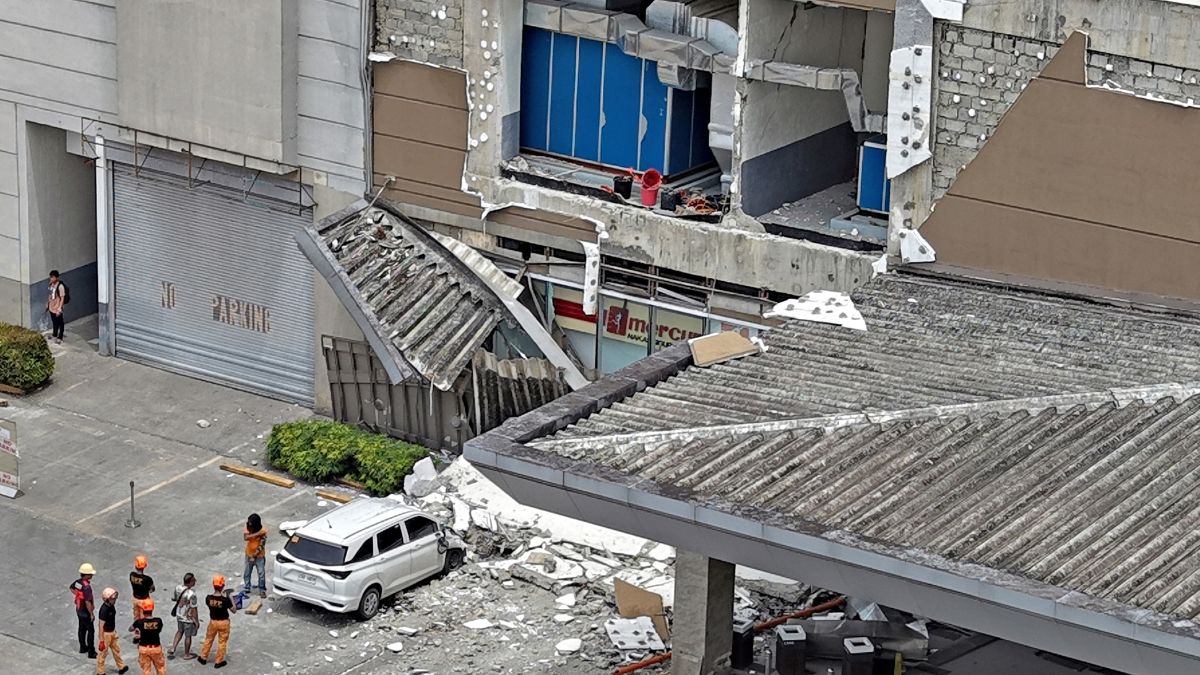)
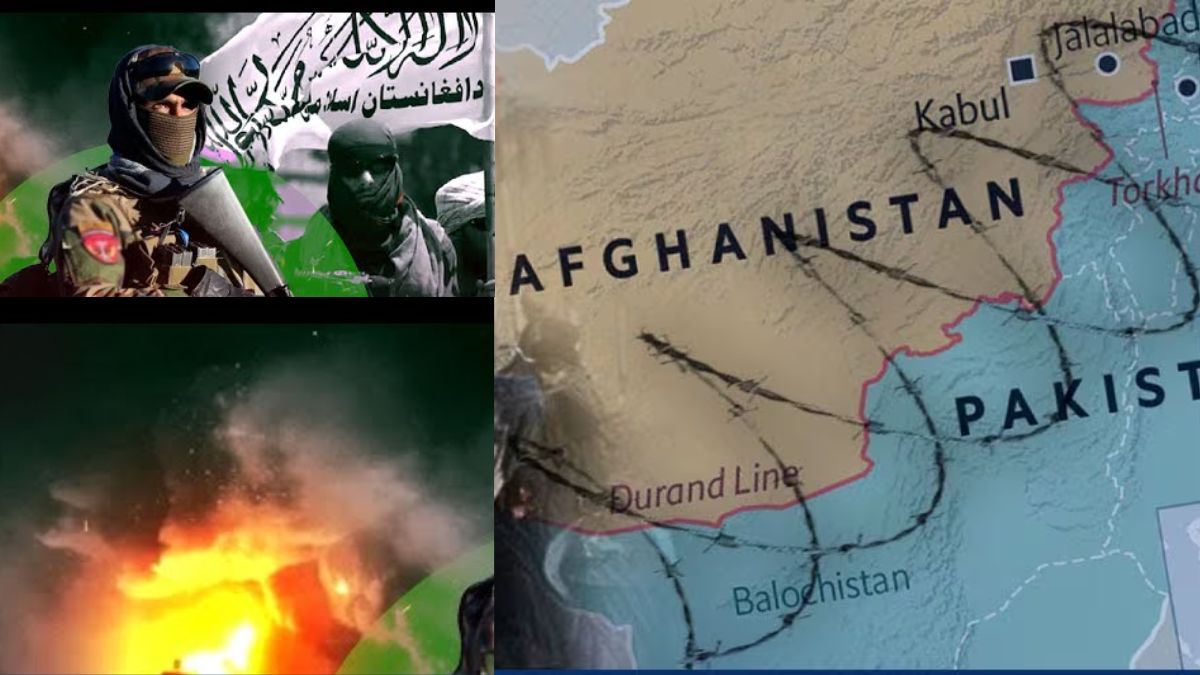)



